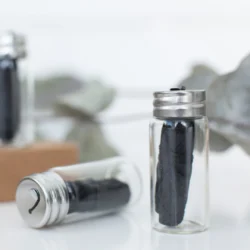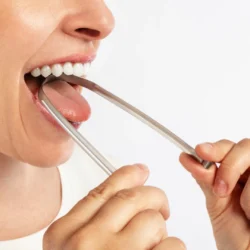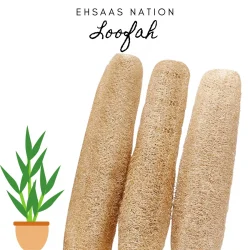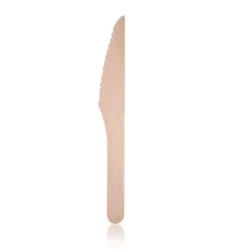
The Hidden Truth About Traditional Oral Care Products
This article discusses the dangers of traditional oral care products, including Microplastics and testing on animals. It also details the barriers to accessing safer oral care products. The following are a few of the issues we need to address. Hopefully, by the end of this article you’ll be aware of the dangers of traditional oral care products and be empowered to make healthier decisions for yourself and your family. Read on to learn more.
Dangerous ingredients in traditional oral care products
Toothpaste, mouthwash, and dental floss are full of potentially harmful ingredients. In fact, some of these compounds have been linked to cancer and cardiovascular disease. Researchers from the Journal of Exposure Science and Environmental Epidemiology recently found that a chemical called PFHxS was present in high levels in the mouths of women in the United States. PFHxS is part of a class of chemicals known as PFAS. This chemical is linked to environmental damage, liver disease, and cancer.
Triclosan is an antiseptic chemical that was banned by the FDA in 2016. It is a suspected carcinogen and is known to disrupt hormone regulation. However, its ban on oral care products did not extend to mouthwash. Another potentially dangerous ingredient is alcohol, which is lauded for its antibacterial properties. While alcohol does not cause oral cancer, prolonged contact with it can lead to liver and brain abnormalities.
Testing on animals
Most of today’s traditional oral care products are tested on animals. These animals are forced to undergo painful tests, ingest and inhale various substances, and even rub different cosmetic and medicinal ingredients into their skin and ears. Many of these animals are then killed after displaying allergic reactions. Many consumers are unaware of the cruelty involved in testing products on animals. But the public is still concerned. The truth is that many oral care products still contain ingredients that cause serious harm to their teeth and gums.
Despite public outcry over animal testing, many cosmetic companies continue to use this practice. For example, in the early 1980s, Revlon was charged with animal cruelty in full-page newspaper ads, and the company was forced to fund alternative testing methods. Revlon was the first cosmetics company to fund these alternatives. Other companies, such as Avon, soon followed suit. And in 2010, EPA Secretary Andrew R. Wheeler signed a directive to encourage companies to use alternative methods of testing rather than using animals.
Microplastics in traditional oral care products
Despite their widespread use, microplastics are nearly impossible to detect and are a major source of pollution for the planet. They end up in oceans and in the bodies of organisms and humans. There are also concerns that microplastics may harm animal health. Traditional oral care products contain microplastics. These small particles are marketed as pearls or as abrasives. If you’re wondering if your toothbrush contains these particles, read on to learn more about how they end up in your teeth.
One type of microplastic ingredient is microbeads. These tiny plastic particles are usually around 5mm in size and have a specific function. Traditionally, microbeads were used in toothpaste and scrubs. Today, many brands are eliminating these ingredients from their products. This move is a welcome step toward improving oral health, but a better solution is needed. Until now, many companies were unable to find a way to replace microbeads with non-biodegradable materials.
Barriers to access
While oral health may be a basic human right, access to dental care is not a priority for many underserved populations. Hence, a comprehensive evaluation of the barriers to dental care among Mexican-American adults is warranted. In this article, we focus on two major issues: first, oral health care barriers. These are multifaceted, and they often involve factors beyond the control of the researcher.
Secondly, patients’ feelings and beliefs about dentists can act as a significant barrier to dental care. Regardless of the reasons, the perceptions of patients may constitute a barrier. For example, lack of insurance coverage, fear of dentists, and insufficient dental workforce distribution could all be considered barriers. The participants were also asked to identify their own personal barriers to dental care. Among those who reported no barriers, one-fifth of the sample reported one or two barriers, while the remainder reported four or more.




